Against the backdrop of global energy shortage, energy-saving technologies for water purification systems are receiving increasing attention. This article will systematically analyze the energy consumption characteristics of water purification systems, deeply study energy-saving technological innovations, and provide feasible engineering practice solutions, offering technical support for the green development of the industry.
Energy Consumption Analysis and Evaluation Methods
Scientific energy consumption analysis is the foundation of energy-saving renovation. The composition of system energy consumption should be broken down in detail, including pump power consumption, membrane system energy consumption, auxiliary equipment energy consumption, and other parts. The determination of the energy consumption baseline should be based on historical data and industry standards, establishing a scientific comparison baseline. The calculation of energy efficiency indicators should be comprehensive, including key indicators such as power consumption per ton of water, system efficiency, and power factor. Energy-saving potential analysis should identify key energy consumption links and improvement space through energy audits. The design of the monitoring scheme should cover all energy consumption links, installing smart electricity meters and water meters to achieve sub-item measurement. The evaluation report should be objective and accurate, including current situation analysis, energy-saving potential, renovation plans, and benefit prediction.
Application of Pump System Energy-Saving Technology
The pump system is the main energy consumption unit of the water purification system. The selection of high-efficiency pumps should be based on accurate hydraulic calculations, choosing products that operate in the high-efficiency zone, with efficiency meeting the energy-saving evaluation value specified in GB 19762. The application of variable frequency drive (VFD) technology should be selected according to actual working conditions, typically achieving power savings of 20%-40%. Parallel operation optimization should achieve the optimal combination of pump groups through intelligent control, avoiding "using a big horse to pull a small cart." Impeller renovation uses ternary flow theory design, improving efficiency by 5%-10%. Pipeline system optimization should reduce unnecessary elbows and valves, reasonably select pipe diameters, and reduce frictional resistance loss. Intelligent control achieves precise pressure control by predicting water usage patterns, avoiding energy waste.
Innovation in Energy Recovery Technology
Energy recovery technology can significantly reduce system energy consumption. Pressure exchangers are suitable for RO systems, with energy recovery efficiency reaching over 95%, reducing system energy consumption by 30%-40%. Turbine generators use water flow energy to generate electricity. Although the efficiency is low, they still have application value in large flow situations. Heat recovery preheats the feedwater through heat exchangers that recover heat from wastewater, especially suitable for winter conditions. Hydraulic recovery uses potential energy difference to drive small generators, effective in situations with落差. Residual pressure utilization transfers the pressure of high-pressure wastewater to the feedwater through special equipment, reducing high-pressure pump energy consumption. Waste heat recovery utilizes waste heat from other processes, increasing the feedwater temperature through heat pump technology, reducing system operating pressure.
Process Optimization Energy-Saving Measures
Process optimization is an important way to save energy. The optimization of recovery rate should comprehensively consider energy consumption and water balance to find the best economic point. Process simplification should reduce unnecessary treatment steps through technological innovation. Optimization of operating parameters should establish mathematical models and find the optimal working condition through intelligent algorithms. Intelligent cleaning avoids over-cleaning by accurately judging the pollution situation, saving chemicals and water. Optimization of chemical dosing should reduce the dosage while ensuring the effect through precise control. System integration should achieve coordinated operation of each unit, avoiding energy waste.
Breakthrough in New Material Applications
The application of new materials brings significant energy-saving effects. The development of low-resistance membrane elements reduces the operating pressure by 0.1-0.2 MPa, with obvious energy-saving effects. High-efficiency filter media reduce pressure loss and extend the operation cycle by improving the flow channel design. The improvement of insulation materials reduces heat loss, especially the energy consumption of hot water systems. The application of wear-resistant materials extends equipment life and reduces maintenance energy consumption. The progress of anti-corrosion materials reduces equipment loss and improves system reliability. The promotion of environmentally friendly materials reduces energy consumption in the production process.
Intelligent Management Energy-Saving System
Intelligent management is the guarantee for continuous energy saving. The establishment of an energy management system should achieve real-time monitoring and analysis of energy consumption, and detect abnormalities in time. Real-time optimization control keeps the system in the optimal operating state through advanced algorithms. Preventive maintenance avoids energy consumption increases caused by equipment performance degradation through predictive analysis. Performance management establishes a complete assessment system, implementing energy-saving goals in every link. Continuous improvement continuously improves system energy efficiency through the PDCA cycle. The implementation of certification standards guides enterprises to establish a complete energy management system.
Energy-saving technologies for water purification systems involve multiple aspects and require systematic thinking and comprehensive solutions. Through technological innovation and management optimization, significant energy-saving effects can be achieved, creating economic benefits for enterprises and bringing environmental benefits to society. With the continuous progress of technology, the energy consumption of Tankless RO Water Purifier | INTOP AQUA OEM & ODM Manufacturer will be further reduced, contributing to sustainable development.










